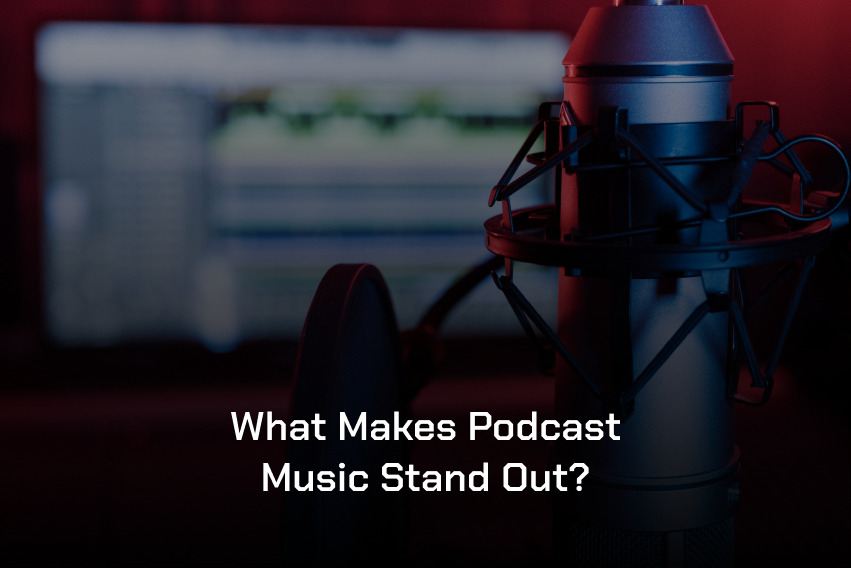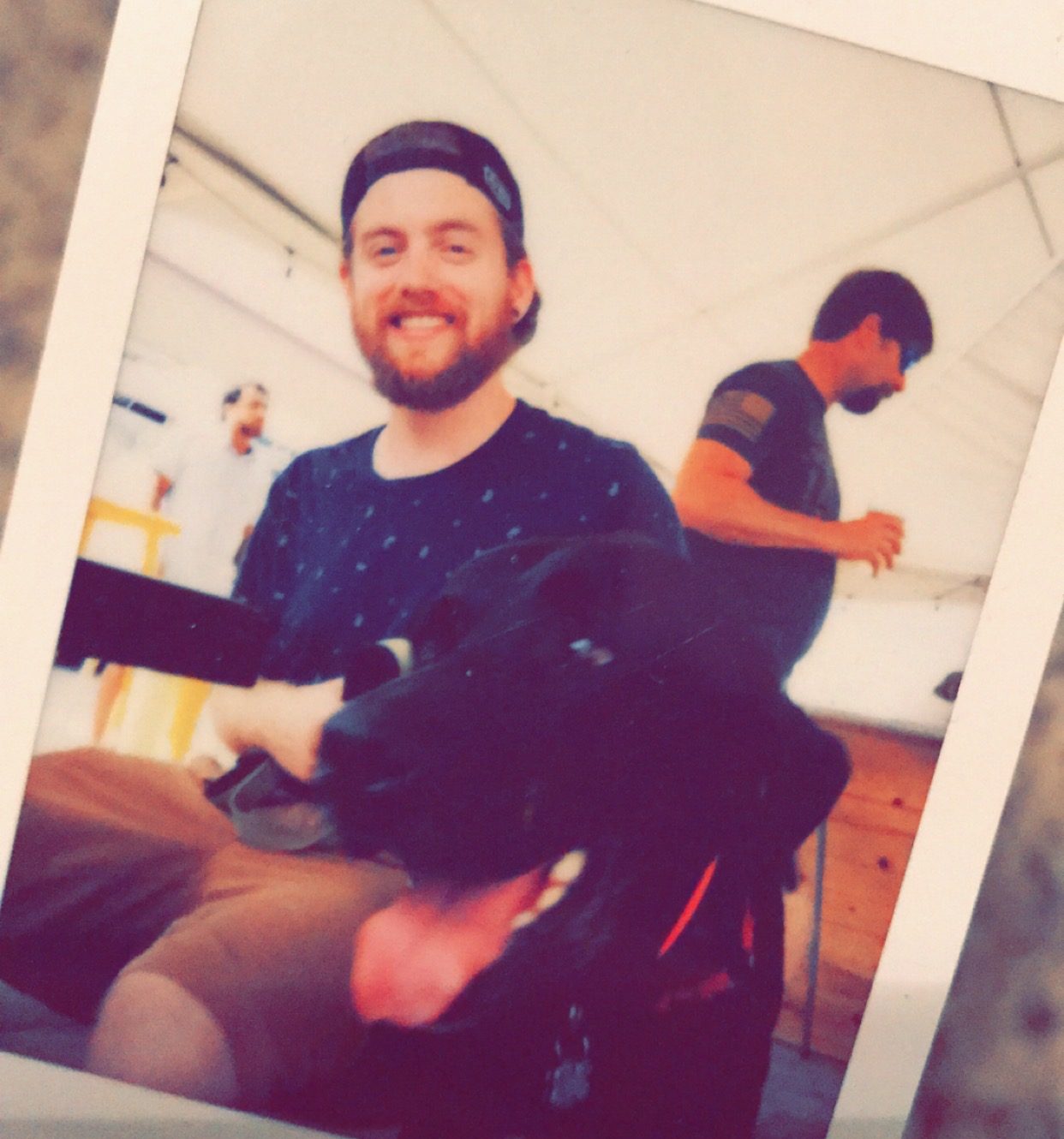The podcast’s music sets the tone, inviting listeners into a world unique to the audio experience. The right tunes at the start and close of episodes leave strong impressions, guiding emotions, and a brand feel. Music choices should mirror your podcast’s heart—be it serious or lighthearted—to lift your show above others.
With keen selection, each song shapes identity while enhancing content delivery through production themes woven throughout the series. Thus, every beat plays its part in crafting an unforgettable auditory journey for fans tuning in episode after episode.
Select the Right Genre and Mood
Choosing the right music for your podcast shapes how people feel and connect. Every track plays a part, lifting or calming your audience as needed. It’s like finding pieces that fit into a puzzle of moods; each piece must match the bigger picture you’re painting with words.
You need tunes that mirror what you’re about, be it serious talks or light laughs. Listeners will remember not just what they heard but also how it made them feel. That’s why having a diverse yet fitting playlist matters.
Incorporating Unique Instruments and Sounds
To make podcast music pop, think outside the box. Imagine sounds not usually heard: a sitar’s twang or an ocarina’s whistle. A unique instrument adds flavor; it makes your show stand out in a sea of voices and stories.
Each episode can soar with these fresh tones, creating connections listeners feel deep down. Experts say to use single instruments for moments needing quiet thought—no loud bands to steal focus here. Your outro could mirror your intro theme but be softer, hinting at closure without drowning in final thoughts.
Remember always: music frames words—a guide on how to feel right then—to ensure content remains the star of the show.
Read also: 10 Tips for Maintaining a Professional Onstage Image
Crafting a Memorable Intro Tune
A strong intro hooks your audience, setting the stage for what’s to come. It lets them know who you are—be it an expert or a keen learner—and invites them into your world. The music plays softly as they learn about your show and its purpose through a clear tagline that sticks in their minds.
They get to understand who should listen; the target is always there, clear in every word spoken. Then comes the promise: a glimpse at today’s tale without spilling all just yet—a problem posed, with assurance of resolution ahead. Listeners stay tuned not only out of curiosity but also due to the anticipated gains detailed right after—they’ll gain knowledge or entertainment worth their time investment.
Here lies trust-building power, if delivered well with each episode.
Balancing volume with vocal clarity
Achieving a balance between music volume and a clear voice is key. Using professional tools like Logic Pro X with the Waves C1 Compressor helps one manage sound effectively. The process involves bussing—a technique where vocal tracks, normally in mono, link to a single bus channel; typically, Bus 1 gets used for this task.
This allows control over how much audio is sent through that channel using sidechain routing on the compressor. The goal here is to keep vocals at center stage while letting background tunes enrich without overpowering—like spice to food, it should blend yet not dominate taste buds. Music should support a speech’s clarity rather than compete with it.
One applies compression carefully so as not to squash the music too hard or bump up its loudness excessively by mistake via makeup gain adjustments. It’s crucial because every podcast has unique soundscape needs based on chosen themes and tones of conversations happening across episodes. Mixers achieve optimal results by precisely setting compressor thresholds. This depends on the melody type, spoken word pitch, intensity, and the number of people talking into microphones during recordings.
Taking time initially saves work later on: presetting volumes means fast future editing sessions since no repeat setup is needed—and always recall saving those settings!
Creating seamless transitions for segments
Creating seamless transitions into podcast music is about guiding your listener through the story’s landscape. Think of each transition as a step into a new room, with bed music evolving to match narrative shifts and establish fresh settings. For example, The Daily from The New York Times excels by starting episodes with a well-known theme that cues listeners for serious storytelling ahead.
In interview podcasts, use concise musical signals to segment changes; an inviting intro track sets the scene, while short interludes indicate movement without overwhelming dialogue. This method primes listeners and prepares them mentally for what comes next—think of it like pausing before entering another space within your audio universe. Always align these sonic elements with both guest energy levels and overall narrative flow to maintain engagement without hampering content clarity or focus.
Mastering the Art of Repetition
Mastering the art of repetition in podcast music is about creating an audio brand that sticks. It’s a craft well rooted in history; think back to radio’s early days when catchy jingles became ear worms. These small, simple tunes used repeat beats and hooks so effectively that they’d stay with listeners long after airtime.
Now, apply this concept to modern podcasts. A tune repeated with care can become iconic for a show—a signature sound that starts playing inside one’s head without effort. This phenomenon ties closely into the ‘phonological loop’, part of our cognitive system linked to memory through rhythm and melody reiteration.
The real magic happens when such memorable snippets bond emotionally with an audience—far beyond just being easily recalled—they feel something too! Through strategic repetition within your podcast theme or during transitions, you embed your unique sonic identity into the very fabric of listener experiences.
Read also: How to Create a Professional Music Video and Promote Your Music on YouTube
Evolving themes across episodes
In the world of podcasting, music isn’t just a backdrop; it shapes how listeners feel and remember your show. A University of Zurich study found that our brains process tunes using parts linked to emotions and recollections. So when you pick tracks for episodes, think hard about the feelings you aim to stir in people’s hearts.
As each episode unfolds its unique story, consistent intro music sets the stage for what follows—an audible signpost pointing ahead. The key here: Ensuring background scores align with episodic themes amplifies moments needing emphasis without drowning out speech. Each segment brings something fresh yet weaves together into one tapestry through smartly placed musical cues or sponsor slots.
For creators seeking soundscape advice, less can often mean more; subtle rhythm loops might be best served as discreet companions to spoken words rather than loud distractions from them. Remember, too, where you get those beats matters: royalty-free options. Let stories echo across shows sans legal frets.
Ensuring Legal Use of Music
To ensure the legal use of music in podcasts, creators must recognize copyright laws. Music not owned by them requires permission for use—this is key to avoiding infringement issues. Public domain workers offer a safe choice as they carry no such restrictions; however, options might be limited.
Podcasters can also look into “podsafe” content created to be freely used within broadcasts without typical licensing concerns or costs attached. Fair use may provide some leeway but has strict criteria and often leads people into complex legal territory—it’s not a fail-safe option. When distributing their podcasts, podcasters face additional legal considerations.
Whether applying for Creative Commons (CC) licenses, which allow sharing under set terms, or sticking with the full rights reserve model impacts how others may reuse their content significantly. Choosing distribution services wisely matters too—they should respect your chosen license while reaching your audience effectively.
Harnessing Silence Effectively
Silence in podcast music holds power. It’s not just a lack of sound; it shapes the listener’s experience by providing space for thought and emphasizing key points. Skilled creators use silence to build tension or give weight to moments, making them stand out more once they pass. Silence can spotlight an idea just shared or foreshadow what comes next, engaging listeners further into the podcast narrative.
Effective pauses help our brains process information—just as we need breaths between sentences—to digest spoken words fully. The strategic placement of these silent gaps often distinguishes professional-grade podcasts from amateur ones because experts understand that sometimes what you don’t hear is as crucial as the sounds that fill your ears.
Thus, harnessing silence effectively isn’t an afterthought—it’s essential craftmanship for impactful storytelling through audio media.
Podcast music sets the stage, engaging listeners with a unique audio identity. A distinctive intro tune grabs attention, while well-chosen background scores enhance storytelling without overpowering the voice content. JBZ Beats offers creators these standout sounds that mesh seamlessly with their podcast’s theme, mood, and brand.
By selecting the right tracks from JBZ Beats diverse library, podcasters can craft an auditory experience that captivates audiences and leaves a lasting impression long after the episode ends.



